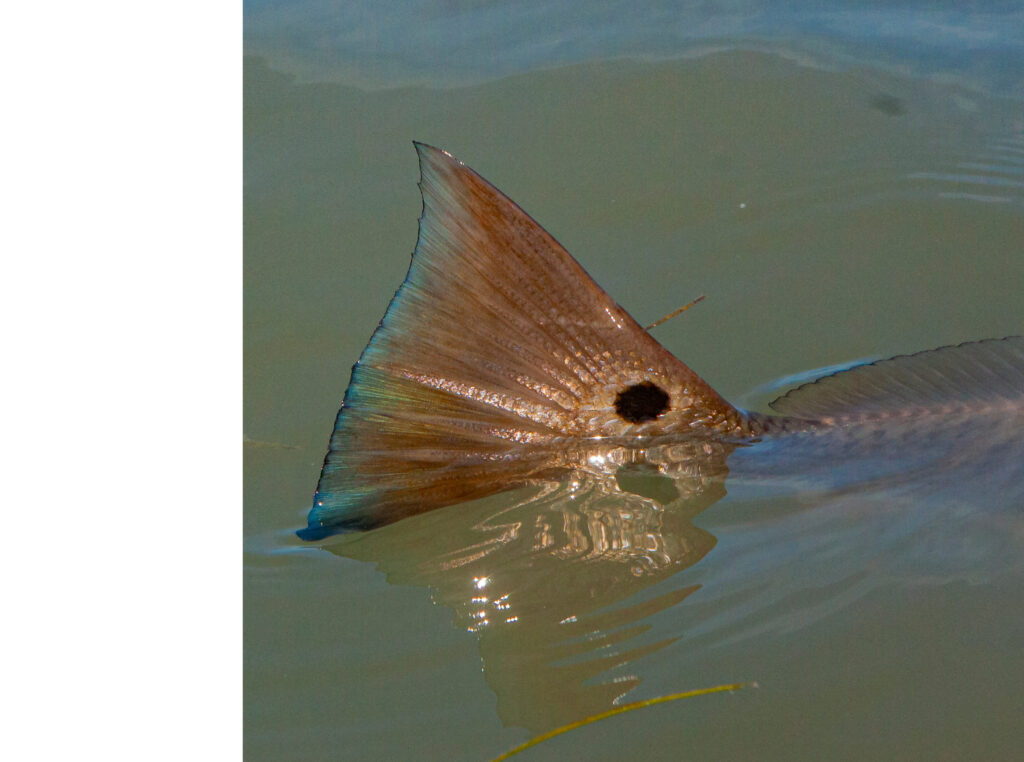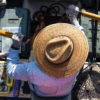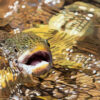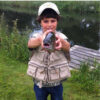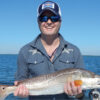New Study Finds Opioids, Psychoactive Medications and Other Drugs in Florida Redfish
Photos Courtesy of Bonefish & Tarpon Trust
In Florida, some fish have a drug problem, and it’s our fault. But nothing surprises me.
Humans rely on prescription medications to combat a variety of ailments, including heart disease, anxiety, depression and pain. Once administered, the Rx product enters the bloodstream, and our circulatory system disperses the medicine throughout our body. Next, we metabolize and excrete the drug and its metabolites. Then we flush the toilet with little or no thought to what happens next.
Now, thanks to eye-opening research by science-based conservationists and academics, we have learned that pharmaceuticals are ending up in Florida’s troubled waters—after they run their course through us. Thankfully there’s an opportunity to improve the state’s wastewater treatment facilities, which presently do not protect fish from the prescription meds we take.
A year-long study by Florida International University (FIU) and Bonefish & Tarpon Trust (BTT) has discovered pharmaceutical contaminants in the blood and other tissues of redfish in Florida waters. This research follows a similar study of bonefish in the Florida Keys, which also revealed high levels of pharmaceutical contamination. This new study shows that these waterborne contaminants are a concern statewide.
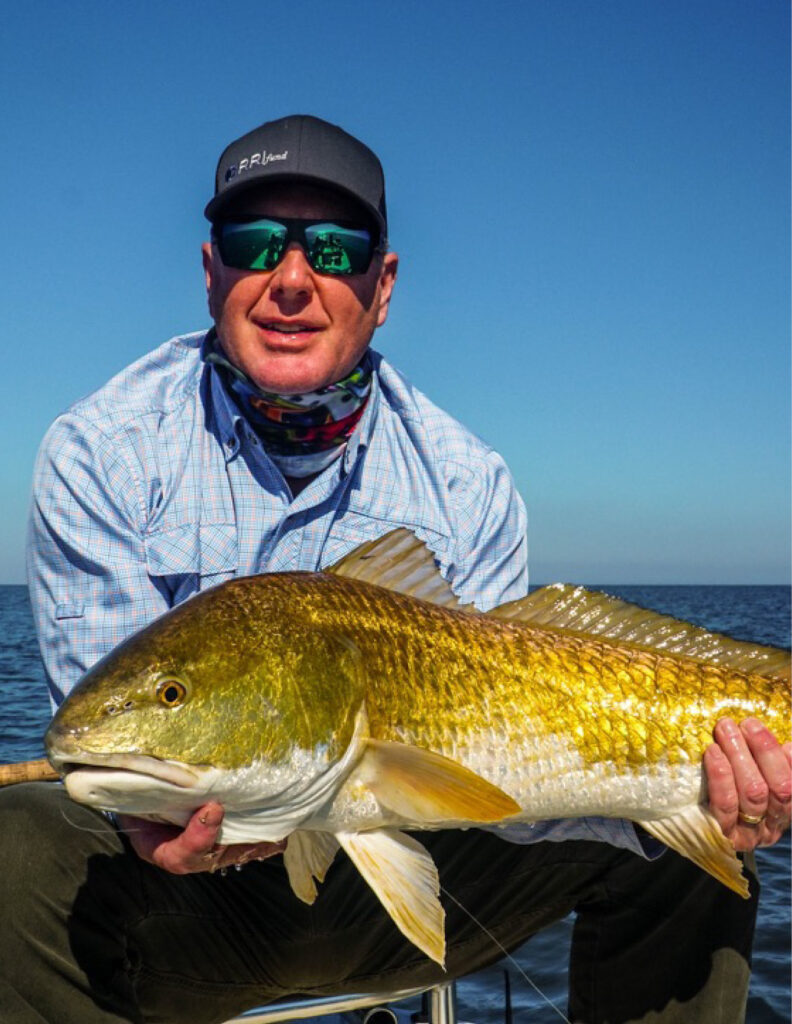
“The results [of this study] underscore the urgent need to modernize Florida’s wastewater treatment systems,” said BTT President and CEO Jim McDuffie. “Human-based contaminants like these pose a significant threat to Florida’s recreational fishery, which has an annual economic impact of $13.9 billion and directly supports more than 120,000 jobs.”
Scientists, volunteer guides and anglers sampled redfish in nine of Florida’s most important estuaries: Pensacola, Apalachicola, Cedar Key, Tampa Bay, Charlotte Harbor, Florida Bay, Northern Indian River Lagoon, St. Augustine and Jacksonville.
Like the results of the previous bonefish study, pharmaceuticals were found in all the estuaries sampled, with an average number of two drugs per fish and a maximum of five. Only seven out of the 113 sampled fish had zero drugs in their system. On average, 25.7% of the fish exceeded a level of pharmaceuticals considered safe, which equates to one-third of the therapeutic levels in humans.
“These studies of bonefish and redfish are the first to document the concerning presence of pharmaceuticals in species that are important to Florida’s recreational fisheries,” said Dr. Jennifer Rehage, FIU professor and the study’s lead researcher. “Given the impacts of many of these pharmaceuticals on other fish species and the types of pharmaceuticals found, we are concerned about the role pharmaceuticals play in the health of our fisheries. We will continue this work to get more answers to these concerning questions.”
Cardiovascular medications, opioid pain relievers and psychoactive medications were most detected, from highest to lowest detections. The antiarrhythmic medication flecainide and the opioid pain reliever tramadol were detected in more than 50 percent of the redfish. The antipsychotic medication flupentixol was detected above safe levels in one in five of the redfish sampled. These are very concerning levels of exposure for redfish.
Approximately five billion prescriptions are filled each year in the United States, yet there are no environmental regulations for the production nor the disposal of pharmaceuticals worldwide. Pharmaceutical contaminants originate most often from human wastewater and are not sufficiently removed by conventional water treatment. They remain active at low doses and can be released constantly. Exposure to pharmaceuticals can affect all aspects of fish behavior, with negative consequences for their reproduction and survival. Pharmaceutical contaminants have been shown to affect all aspects of the life of fish, including their feeding, activity, sociability and migratory behavior.
“Florida is a leader in addressing water quality issues and wastewater infrastructure, including converting septic systems to sewage treatment,” said Kellie Ralston, BTT’s vice president for conservation and public policy. “The results of this study indicate that there are additional opportunities for improvement by retrofitting existing wastewater treatment plants with innovative technologies, like ozone treatment, to remove pharmaceuticals and requiring such technology on new wastewater facilities.”
Also known as red drum and channel bass, redfish are one of Florida’s most popular inshore gamefish and the state’s most widespread estuarine fish. They prefer living in the shallows—particularly in bays, oyster reefs and coves around seagrass and other vegetation—and inhabit coastal waters along the Atlantic Ocean and Gulf of Mexico. While the commercial harvest and sale of redfish is prohibited in Alabama, Florida, Louisiana and Texas, redfish are mild-tasting and delicious. Nutritious and rich in omega-3 fatty acids, the smaller specimens are especially good eating and not as tough as larger fish when cooked.
Monte Burke, New York Times best-selling author and contributing editor at The Virginia Sportsman, is a tarpon-obsessed fly angler. His latest book, “Lords of the Fly: Madness, Obsession, and the Hunt for the World-Record Tarpon” (Pegasus, 278 pages, $26.95), has received critical acclaim, and its first two printings sold out in the first month. Burke is a contributing editor at other publications and has written about the noticeable decline of the species in Florida Bay and the Keys.
“I believe it’s extremely important to back research efforts by the Bonefish & Tarpon Trust and protect all species of fish,” said Burke, who has referred to BTT as ‘the little conservation engine that could’ in his writing. “This study is an eye-opener, and I hope people will back efforts to upgrade wastewater treatment facilities with advanced technologies as this study suggests. We owe it to these fish.”
Once hooked, redfish put up one hell of a fight. I’ve caught a few on fly and have always admired their distinct appearance. Redfish are copper-bronze in color, fading to a lighter-color belly, and have a distinctive black spot near the tail. The marking acts as a defensive means to fool predators into attacking their backside so they can quickly escape.
Sadly, there is no escape from pharmaceutical contamination. It’s up to us to get these fish off drugs.
Learn more and help BTT ensure clean water and healthy fisheries at BTT.org.
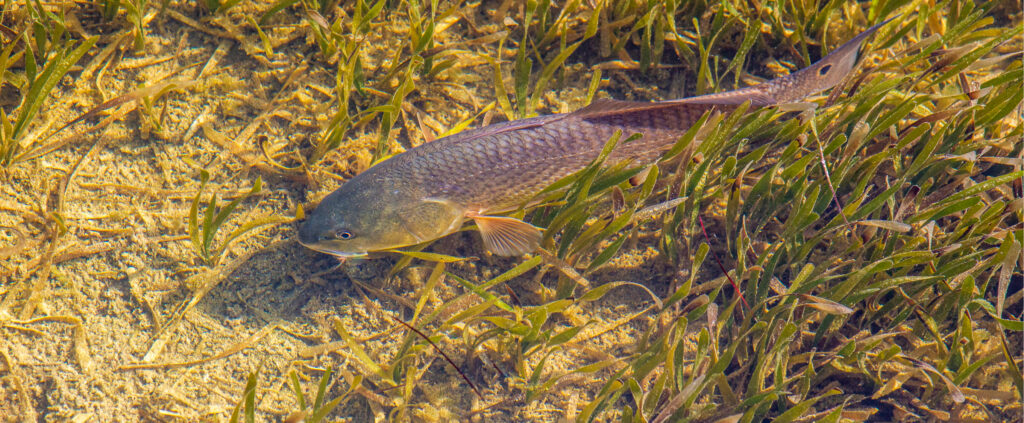
Joe Shields is the editor in chief of The Virginia Sportsman. He is a writer and communications executive based in Charlottesville, Va. His writing and photography have appeared in The Virginia Sportsman and other publications. He is also an award-winning, gallery-represented artist whose work is found in private collections and galleries. Whether fly fishing or surfing, drawing or painting, he celebrates sporting life and culture in his narratives and art.
(Left) Redfish are a prized game fish that put up one hell of a fight, especially on fly, as Editor-at-Large Eric Kallen can tell you. Photo Courtesy of the Eleven Experience
(Above) Researcher Andy Distrubell, Lab Manager at FIU Coastal Fisheries Research Lab, samples a redfish for the study. Photo Courtesy of Florida International University (FIU)

